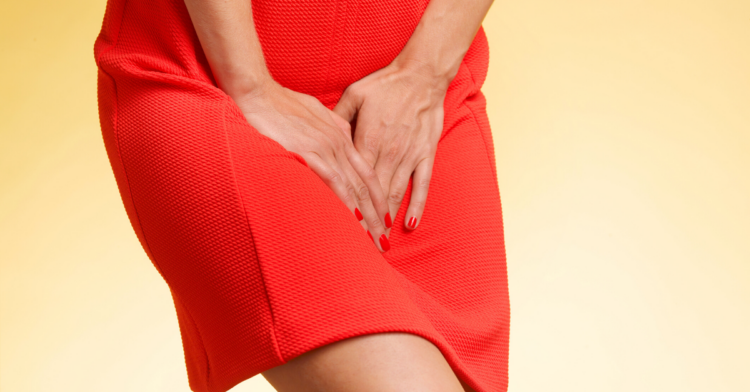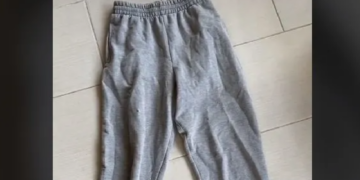Let’s face it, there are some times in our lives when we aren’t going to follow our doctor’s advice.
That’s essentially how it was with me any time one of them told me to lose weight, but we all have something that we don’t want to give up even though we know it’s bad for us.
That said, there are definitely times when it’s not only advisable but fairly easy to do what our doctors tell us. In many of these cases, they’re helping us break habits that either accomplish the opposite of what we think they’ll do or come with an unintended consequence that makes us swear them off forever.
And as we often observe, most of these habits aren’t things we’d even think about, but that can have a significant effect on our lives. And that perfectly describes the big piece of advice that one urologist has for us.
In 2013, researchers uncovered what they described as “the law of urination.”

In their study , they discovered that essentially every mammal larger than a gerbil takes about 21 seconds to fully empty their bladders.
If you’re wondering why someone would bother finding that out, it’s that urological studies tend to use rat and pig bladders and they sought to find out whether it actually makes sense to do so.
And as Florida urologist Nicole Eisenbrown told Well + Good, that “21 second rule” is also a handy way for us to tell how healthy our bladders are.

As she explained , it turns out that we can see some concerning signs if it takes us significantly less or more time to get rid of eight ounces of liquid than 21 seconds.
In cases where it takes longer, that’s usually because we’re finding ourselves regularly holding it in for longer than we should. When we do finally relieve ourselves, we might find that it can take up to 40 seconds to finish.
Generally, this tends to be influenced by professions that often don’t leave many opportunities to use the restroom such as teaching, nursing, or long-haul trucking.
Of course, it’s also fairly easy to develop a habit that causes the opposite problem.

As a nurse practitioner named Janis Miller told Well + Good, those who take unnecessary bathroom breaks to relax can end up convincing their brains that their bladders are full when they aren’t. Since there’s not as much liquid to deal with, the urination duration therefore becomes far lower than 21 seconds.
And the consequences for both of these habits aren’t something we want. If we go too much, we can develop an overactive bladder that gives us strong and frequent feelings of needing to go when we actually don’t have to.
As for going too rarely, this can end up affecting the size of the bladder and the ability of its muscles to work effectively.

In Eisenbrown’s words, “It’s a slippery slope. Your bladder just gets slightly bigger, then slightly bigger, and slightly bigger.”
After years of holding it in to this degree, we can find that our bladder muscles lose their ability to stretch, which then opens the door for functional issues.
So if we’re finding that we’re either falling short of or exceeding the 21 second rule when we pee, we can get a good sense of how frequently we should be going.
As Miller put it, “That’s why I like it. Because you can educate yourself into a good wellness pattern.”
h/t: Well + Good

















































